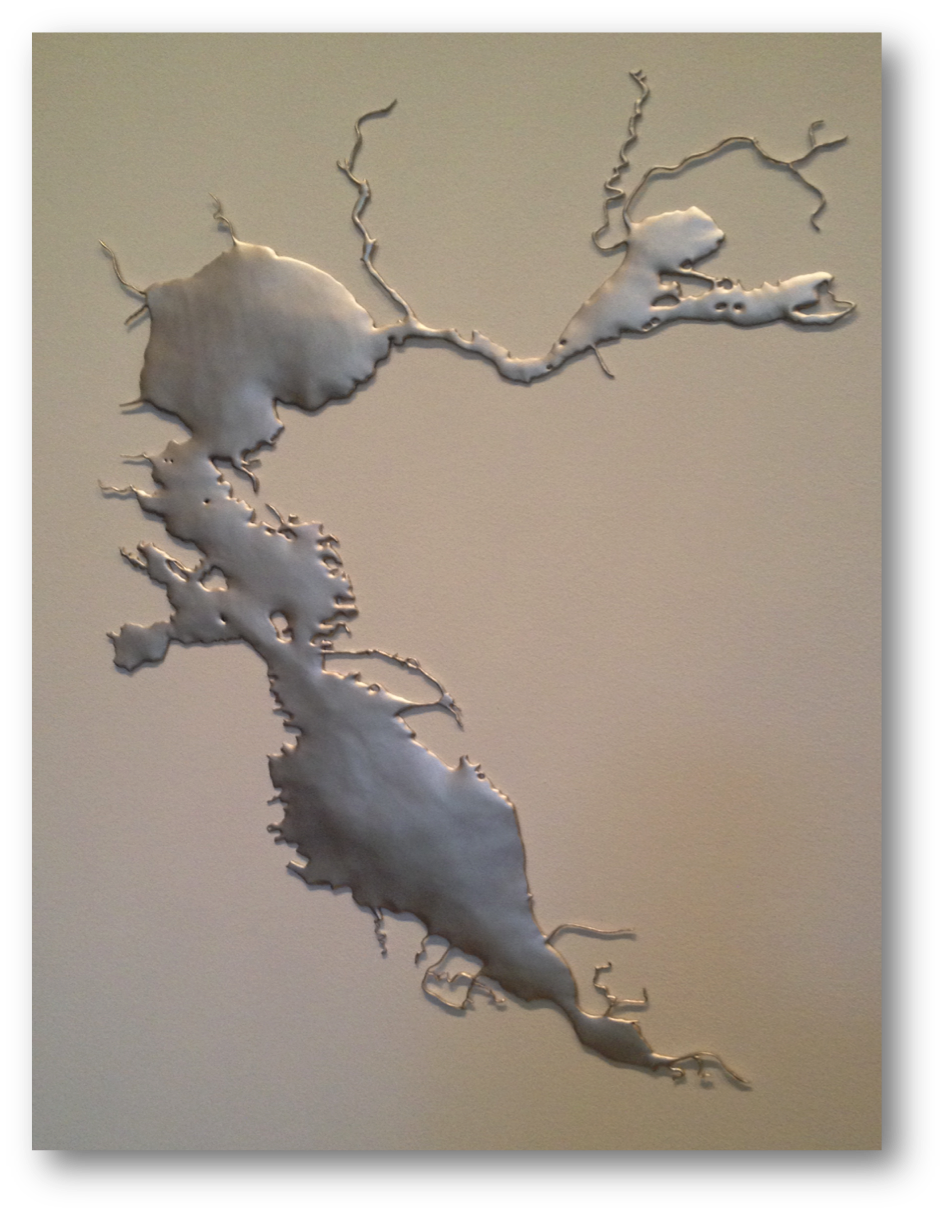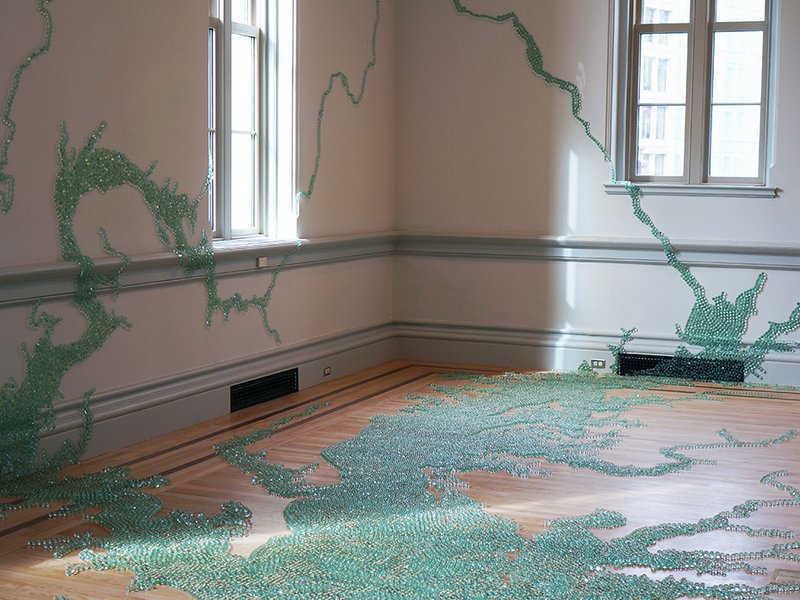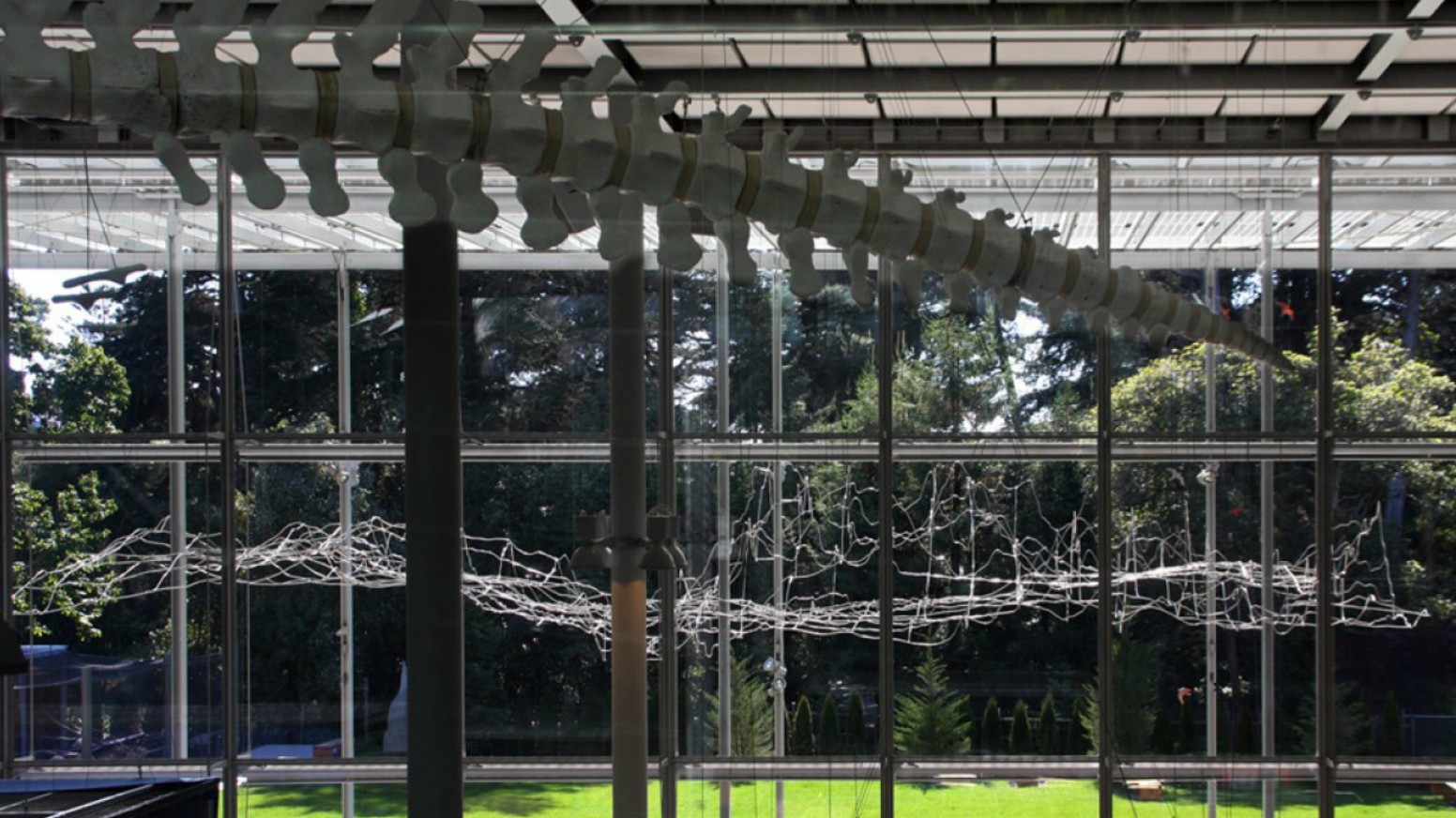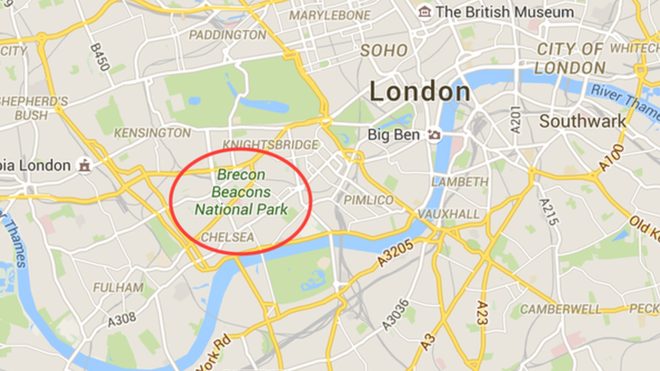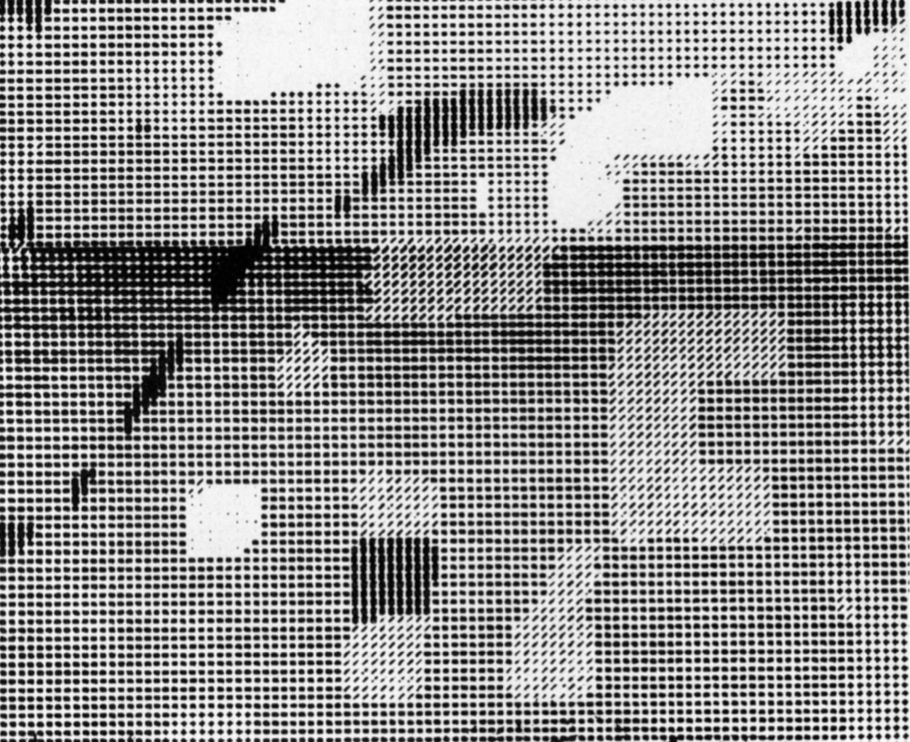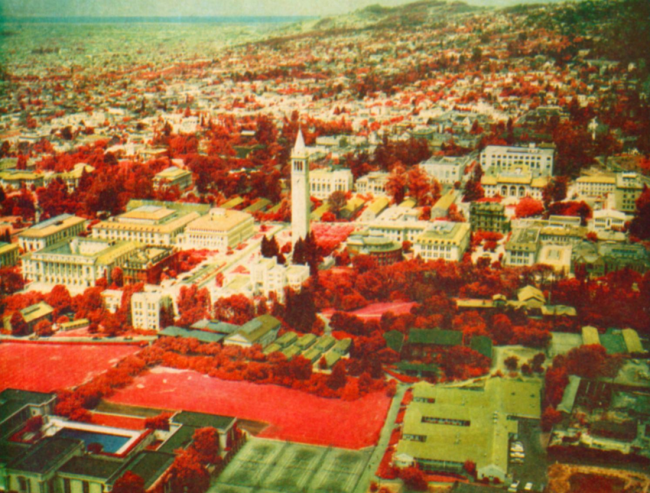California Economic Summit wrap-up
 Friday, November 13, 2015 at 9:29AM
Friday, November 13, 2015 at 9:29AM  my wordle cloud on topics commonly discussed at the summit
my wordle cloud on topics commonly discussed at the summit
I spent two days at the California Economic Summit, held this year in Ontario, heart of the "inland empire". I learned much about this region of the state that I know mostly as freeways connecting water polo games, or as endless similar roads through malls and housing developments. It is more populous, diverse, and vibrant than I had realized. The conference itself was very different from any that I have been to. Hardly any presentations, but break-out groups, passionate, inspiring panelists, tons of networking, good overviews, multiple perspectives, and no partisanship.
Here are some interesting facts about California that I did not know:
- 80% of CEQA lawsuits are related to urban infill development. Shocking. We need infill development as a sensible solution to a growing California.
- 1 in 3 children in the Central Valley live in poverty. 1 in 4 kids live in poverty in the inland empire. These rates are WORSE than they have been ever.
- The Bay Area is an anomaly in terms of education, income, health, voting rates, broadband adoption. The Bay Area is not representative of the state!
- Think of a west-east line drawn across the state to demark the population halfway line. Where might it be? No surprise it is moving south. Now it runs almost along Wilshire Blvd in LA!
- Empowering the Latino community in the state is going to be key in continued success.
- Broadband adoption around the state is highly variable: Latino, poor and disabled communities are far below other communities in terms of adoption.
- The first beer made with recyled water has been made by Maverick's Brewing Company.
- Dragon Fruit might be the new water-wise avocado. Good anti-oxidents, massive vitamin C, good fiber, etc. They taste a bit like a less sweet kiwi, with a bit of texture from the seeds. I don't think I'd like the quac, however.
- In 15 years, the state will be in a deficit of college graduates needed to meet skilled jobs. Those 2030 graduates are in 1st grade now, so we can do some planning.
- Access, affordability, and attainability are the cornerstones of our great UC system.
In every session I attended I heard about the need for, and lack of collaboration between agencies, entities, people, in order to make our future better. Here is my wordle cloud of discussion topics, from my biased perspective, or course.
 Maggi | in
Maggi | in  citizen,
citizen,  class,
class,  conferences |
conferences | 